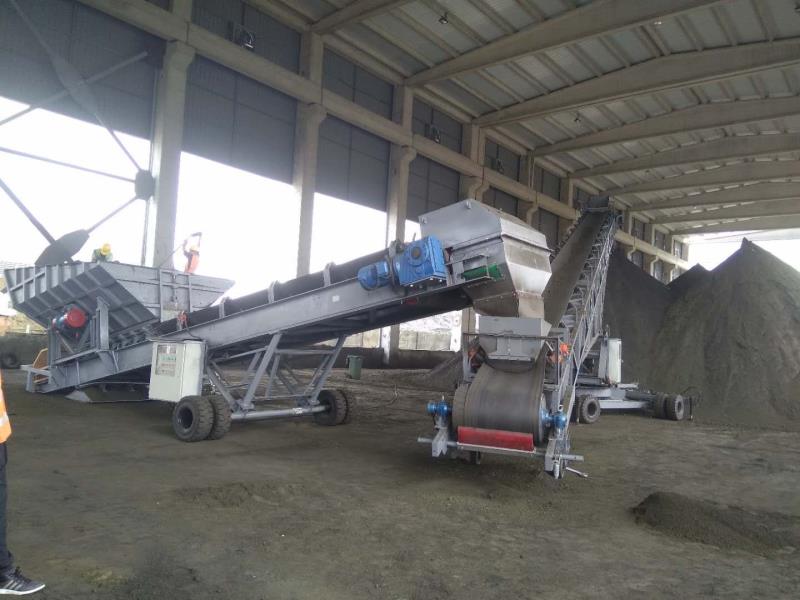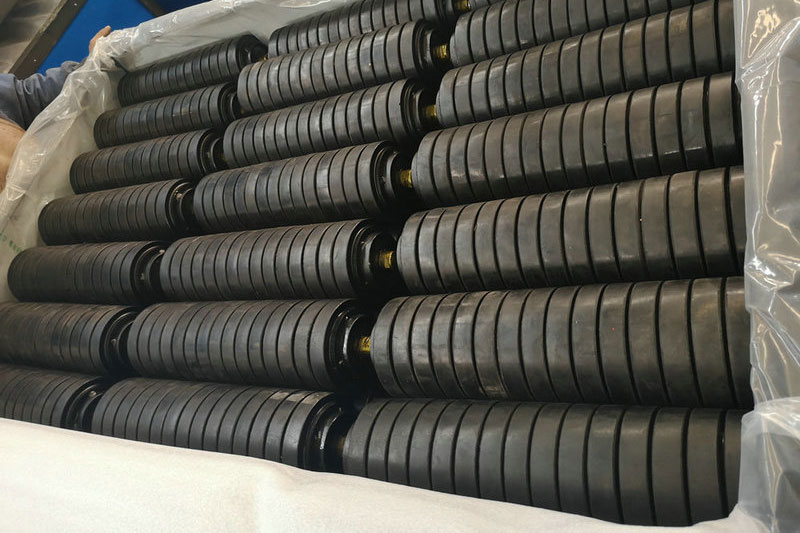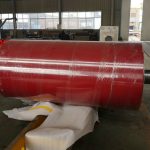Moontain Idler Factory was established in 1956 from China state owned company, which is first class factory under the country heavy industry strategy.
After 30 years development, Moontain old factory cooperated with Japanese NC roller company, we adopted NC standard idler design, which is protected by patent priority . Moontain idlers and pulleys are manufactured according to Japan technology NC company mature, advanced fabricating skills under Japanese JIS standard. Moontain idlers and pulleys are equipped with high quality belt conveyors, enter into high end of market, exported instead of China Famous Brand. In recent years, Moontain engineers are more familiar with CEMA standard, South Africa Standard, and Australian Roller standard. So the regular and high quantity order come to Moontain from famous global brand like mining industry, cement industry, port industry etc.










